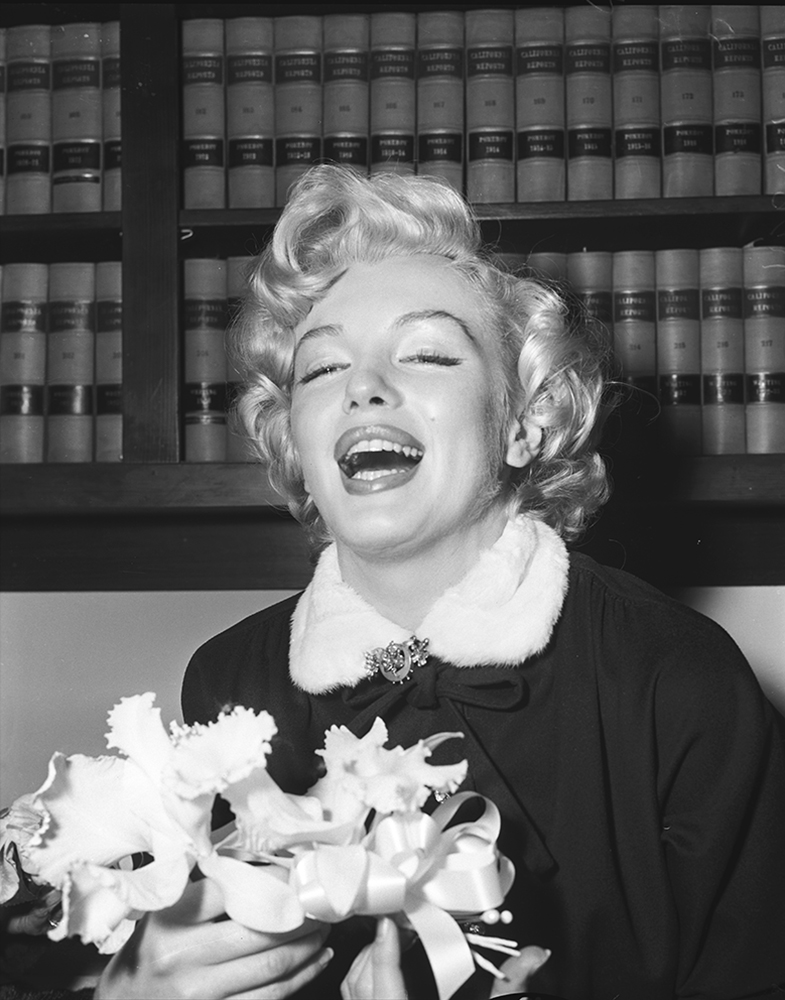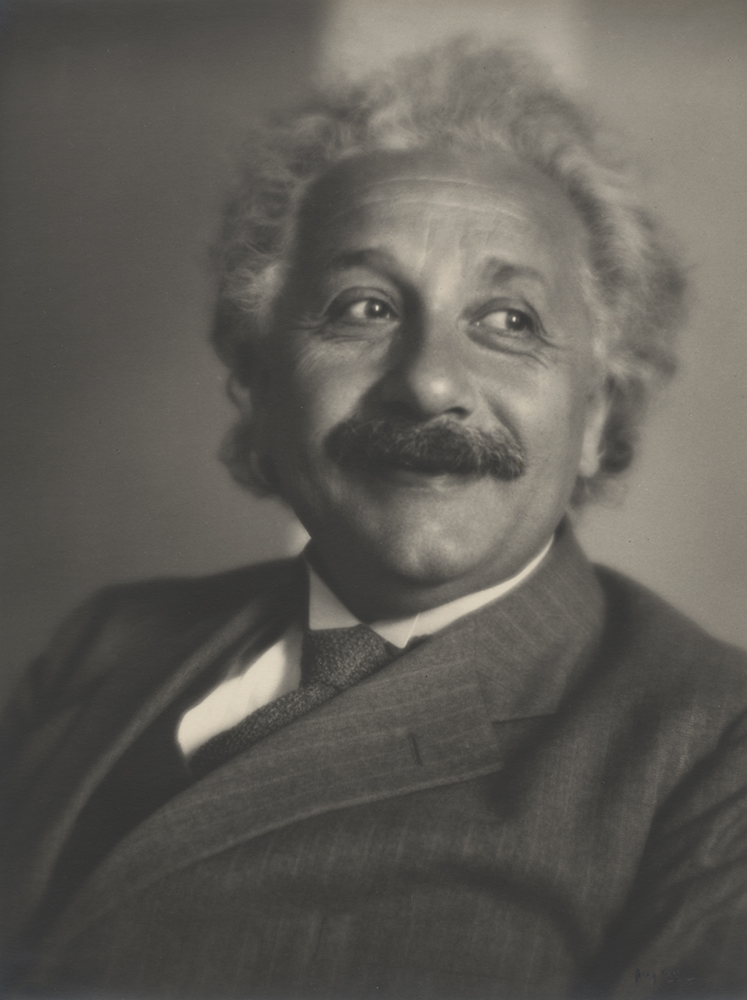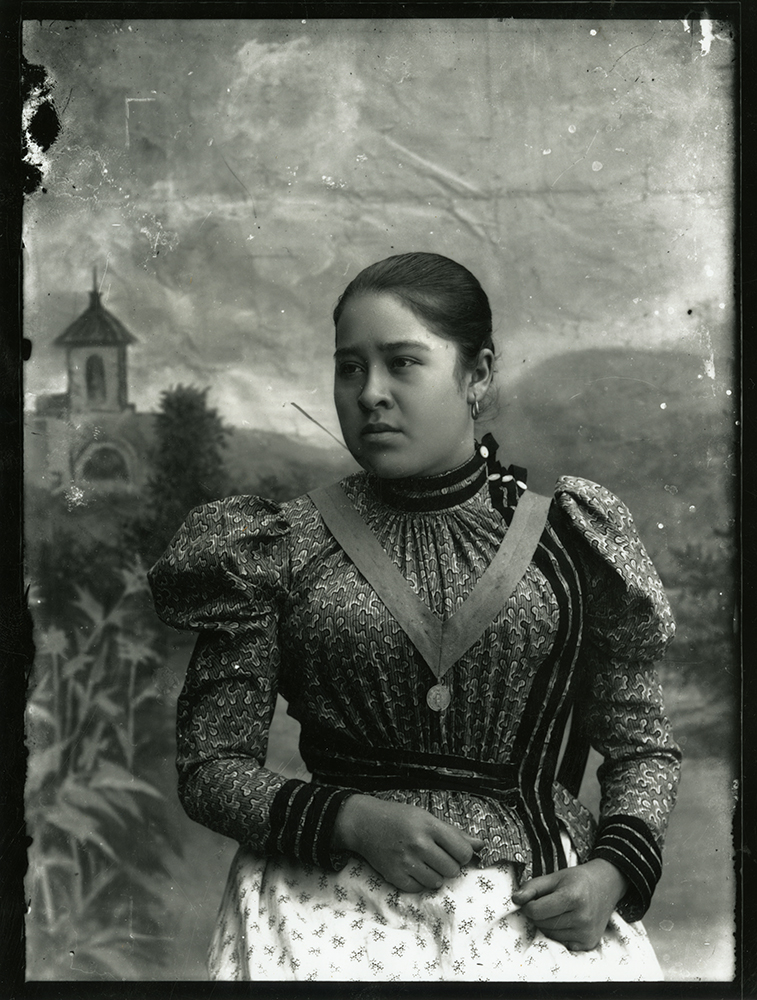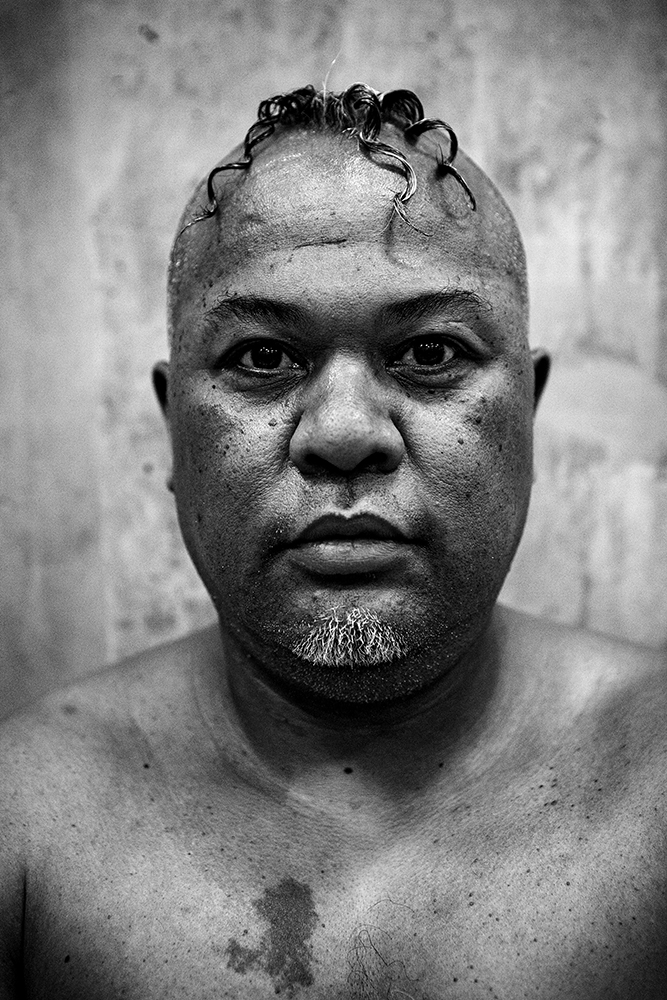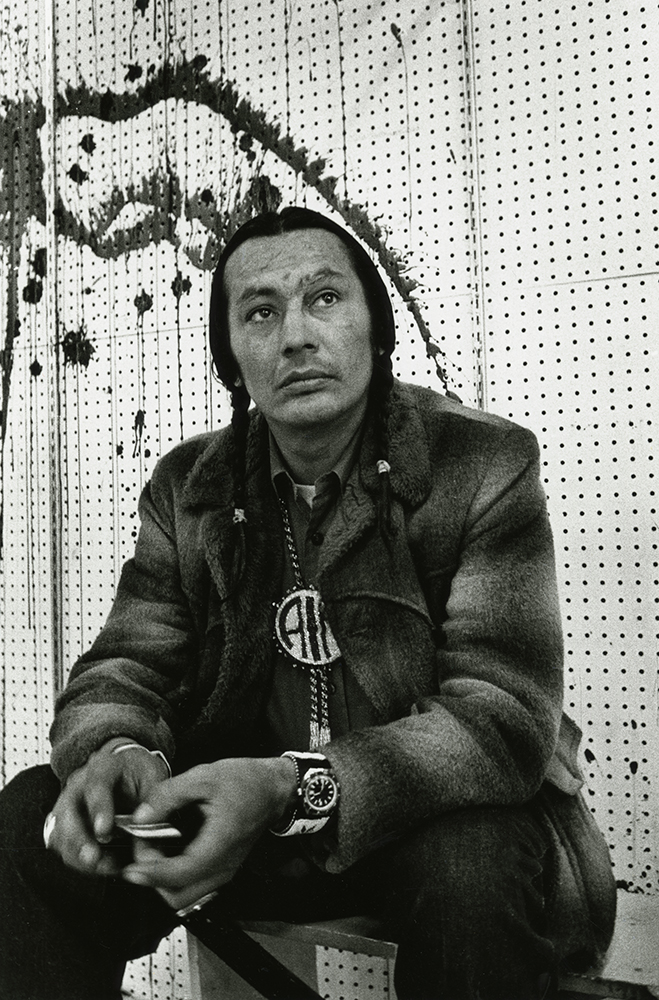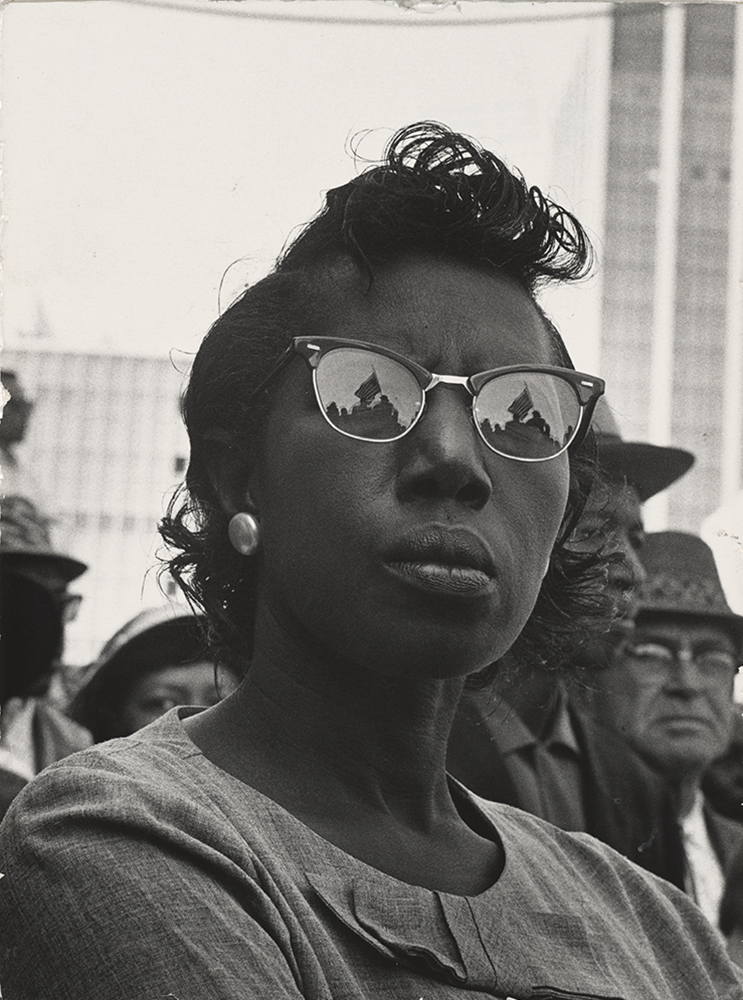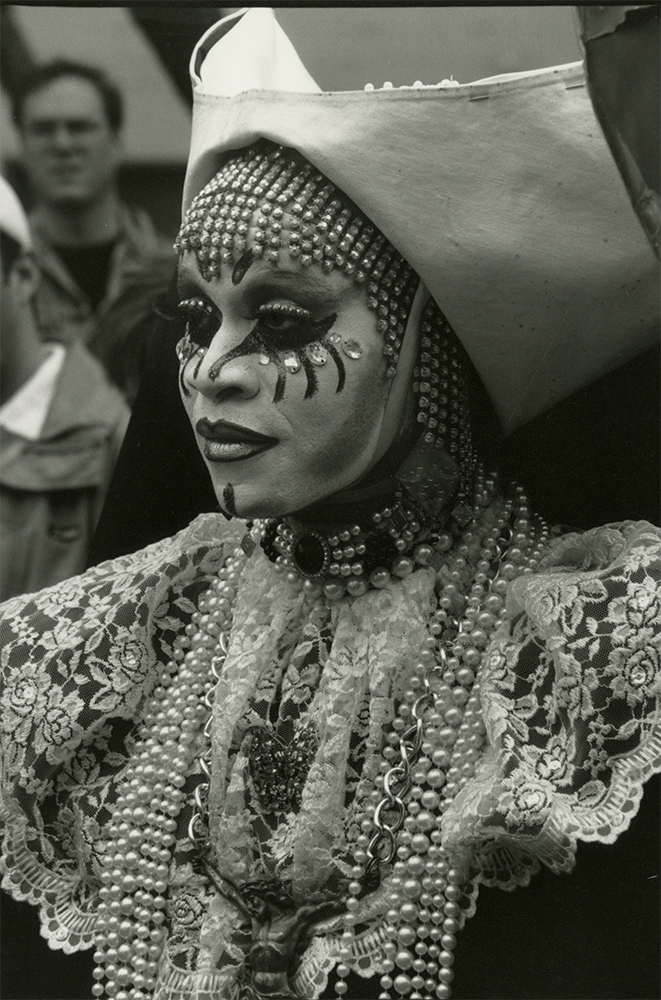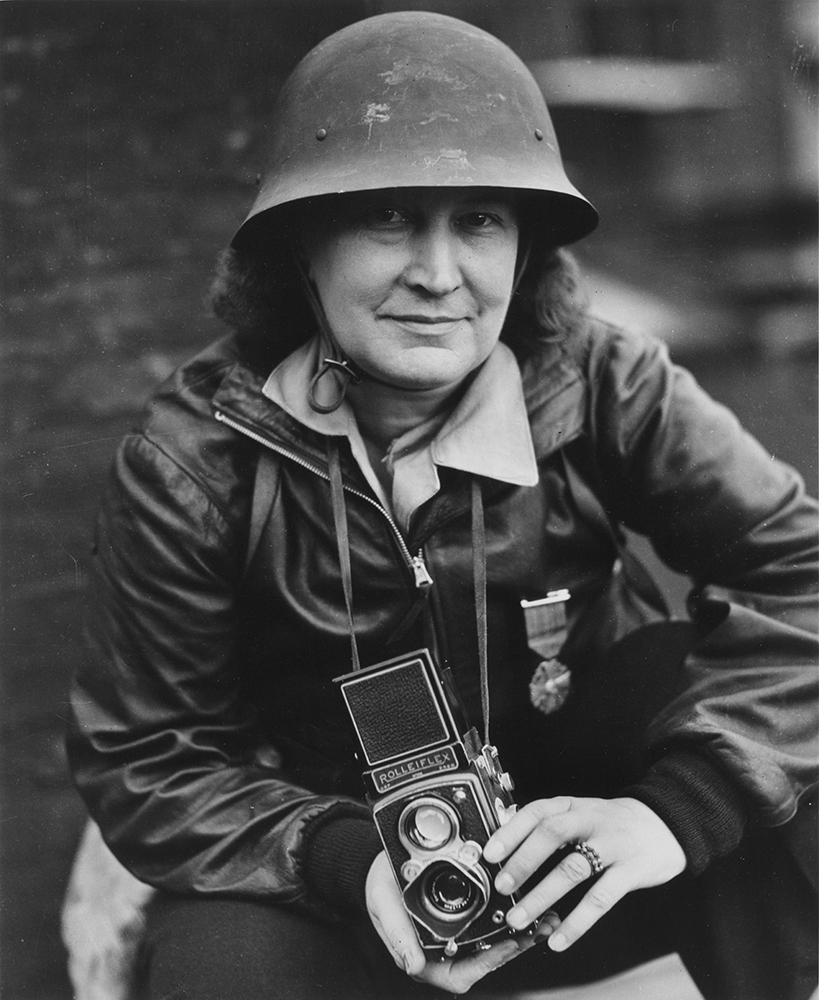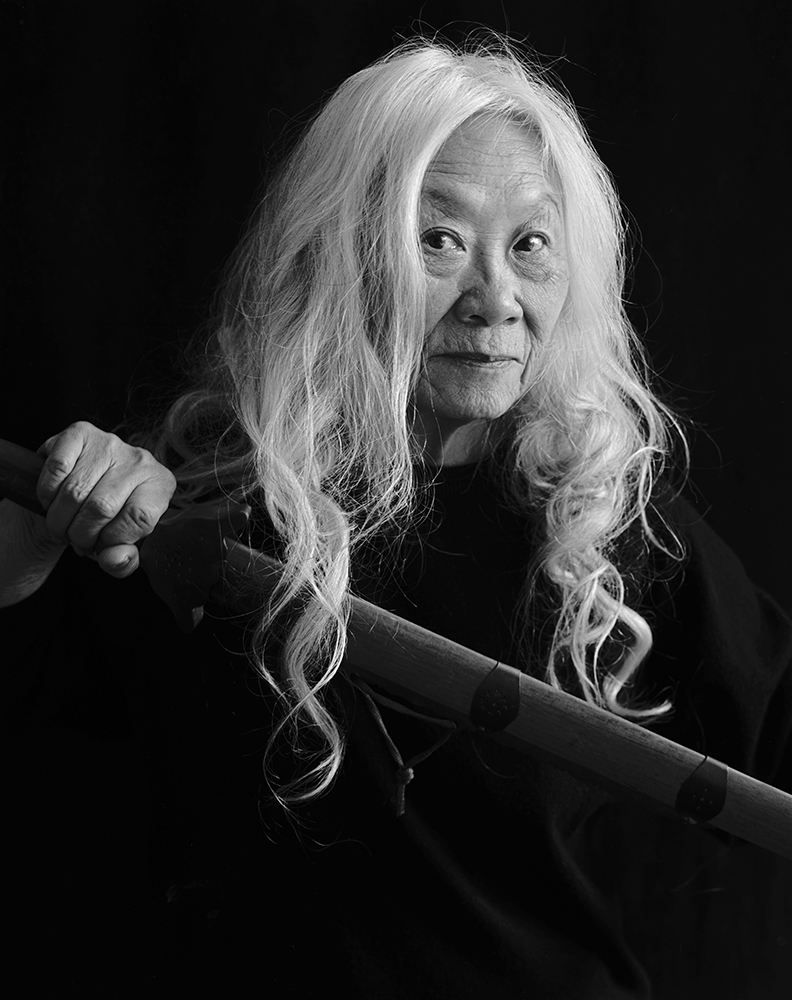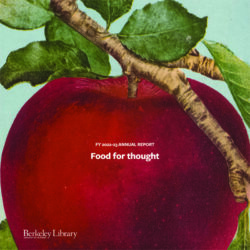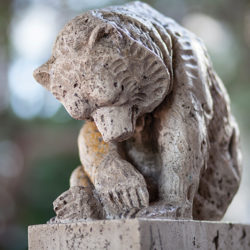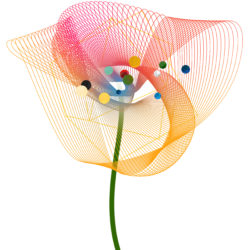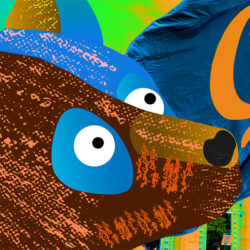If a picture is worth a thousand words, Facing West is a page-turner. Featuring about 150 camera portraits, with subjects ranging from the famous — Marilyn Monroe to Mark Twain, Albert Einstein to Muhammad Ali — to everyday people — steelworkers to rodeo cowboys, inmates to activists — the two-part, nearly yearlong exhibition explores some of The Bancroft Library’s most stunning photographs, mined from its mammoth collection. One photo at a time, the exhibit takes visitors from the mid-1800s into the present, highlighting the people and communities that make the West what it is. We asked Jack von Euw, Bancroft pictorial curator and the lead curator of Facing West, about a few of the photographs that appear in the exhibit.
